You must have surely heard of stories that a person found a valuable rock, a rare meteorite, an attractive seashell, or an expensive gemstone while hiking a mountain or walking alongside the beach. Yes, if you are lucky enough, then you can be one of those too! But what if you can find valuable stones, meteorites & gemstones in your own backyard!!
It is not true that these gemstones & rocks are found only in the mines. They can also be found in your backyard! Indeed, they won’t be sitting right in front of your eyes, but some digging can help you find a few valuable rocks & gemstones. In this article, we are going to discuss how you can find valuable rocks in your backyard.
What Makes Sedimentary Rocks Valuable
The fragments of eroded rocks, plant & animal remains form these sedimentary rocks. Ever wondered where you could find these fossils? Yes, Sedimentary rocks are the types of rocks where you can find fossils! Usually, Sedimentary rocks are in areas that once used to be under seawater.
They are valuable because:
- They are used as Building Materials.
- They can bear fossils & useful in palaeontology.
- They are an essential source of fossil fuels.
Coal is a sedimentary rock that played a vital role in shaping the future of humanity by firing the industrial revolution. Other famous examples of sedimentary rocks are sandstone, limestone, marble, shale, mudstone, and many more.
Characteristics & Tests Plays a Very Important Role
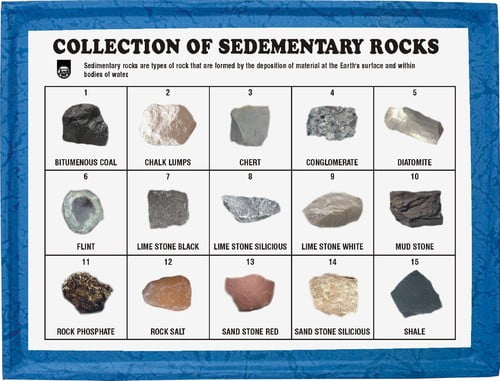
Color
Every stone has its characteristic color. Well, you cannot use the only color to spot a difference between two valuable rocks, but it still shortens the possible list. Note that a few impurities cause noticeable color changes. Also, if not cleaned properly, then you can misidentify the color of the valuable rock.
Mohs Hardness
It is used to determine the hardness. Mohs hardness scale ranges from 1 to 10. It is generally observed that the harder the substance on the Mohs hardness scale, the more valuable the substance would be. Simple ways to check Mohs hardness are,
- If you can scratch the substance with your nails, then it has a hardness of 2.5 Mohs.
- If you can scratch the substance with a coin, then it has a hardness of 2.5 Mohs.
- If you can scratch the substance with a piece of glass, then it has a hardness of 5.5 Mohs.
- If the substance can scratch porcelain material, then it has a hardness of 6.5 Mohs.
The Streak Test
When you crush a stone, the power of the stone may or may not be the same as the rock. You can use the streak test – Swipe the stone on an unglazed porcelain tile. Check for the streak color. Every stone & mineral has a different streak.
Some of the Common Valuable Sedimentary Rocks You Can find
Sandstone
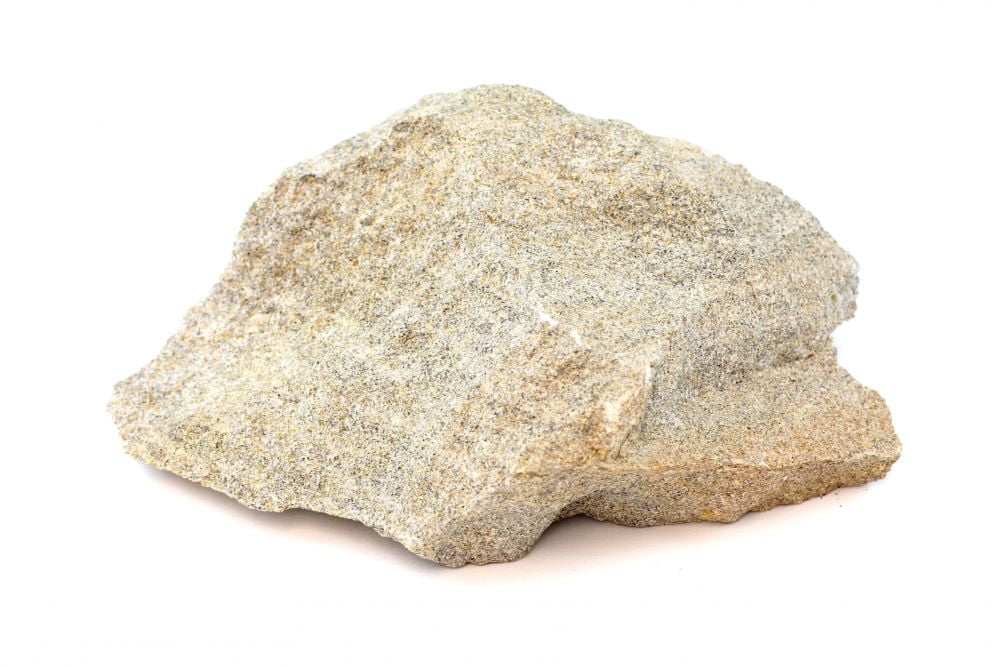
Well, Shakespeare goes wrong here. The name literally defines this stone. Yes, this stone indeed consists of sand. Sandstone is widely used as a building material.
Limestone
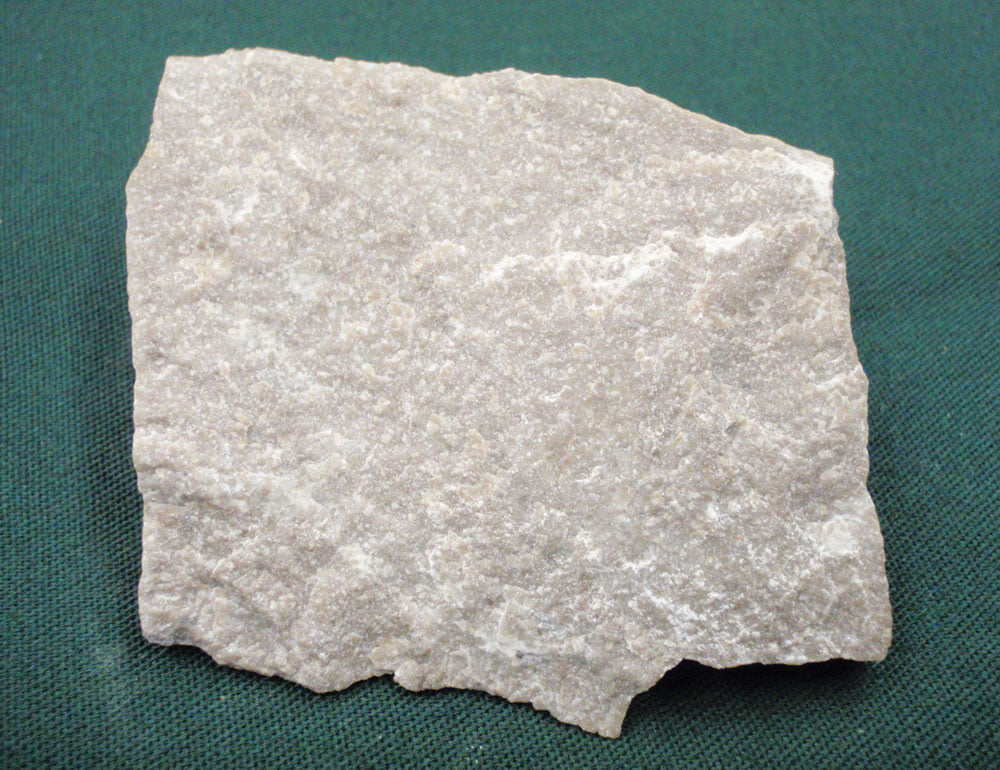
Limestone is chemically also known as calcium carbonate as this sedimentary rock is primarily made up of calcium carbonate. It has many different applications ranging from building material, used as chalk, raw materials for lime, glass, carbon dioxide & cement.
Mudstone or Shale
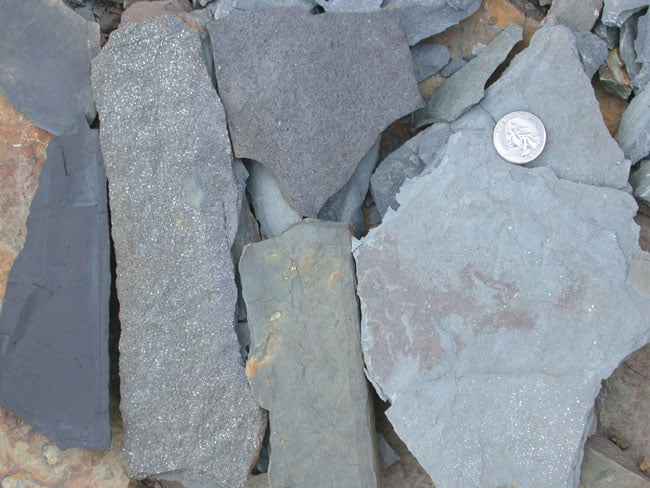
As the name suggests, shale or mudstone is made up of mud along with clay. Therefore, this stone is soft & dark in color. Mudstone is usually used in the paint & brick industry.
Tips & Steps for finding Valuable Sedimentary rocks
The most valuable outcome of these sedimentary stones would be the fossil that may be entrapped in the rock. So, if your place has some history of fossils, then it makes sense that you start digging out your backyard to unearth a few fossils. Here are some tips:
- Learn & Research: Once you find any rock, gem, or shell, you need to have knowledge about them. For this, you need to keep learning about them. Similarly, keep researching on how to unearth & clean these fossils. Also, knowing the formation of stone can help you.
- Cleaning: Sometimes, you may miss out on a valuable gemstone or rock just because it was not correctly identified. This scenario does not happen due to a lack of knowledge. Instead, it happens because it has an outer layer that has not been removed properly. Proper cleaning is very vital for the identification of a gemstone, shell, or rock.
- Record: It may happen that you may not have enough knowledge of the rock. It would be best if you correctly recorded its features. This way, you can use it for future reference, find it out easily from your collection & keep track of the characteristics of your collection.

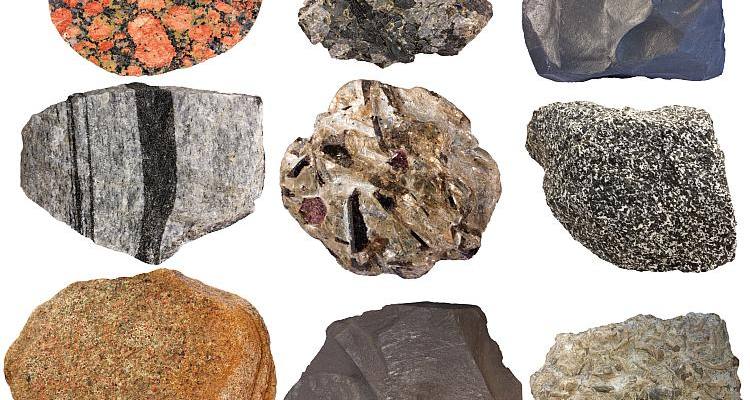
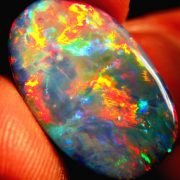
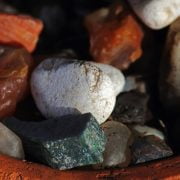
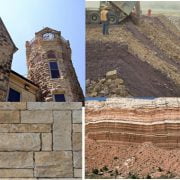

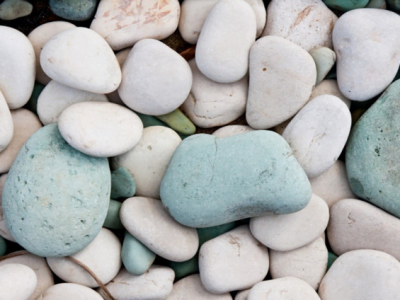
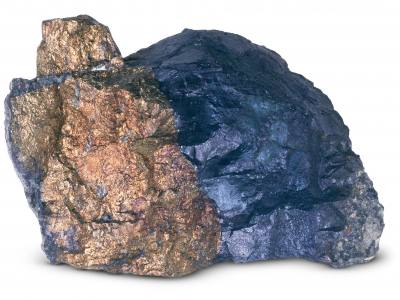
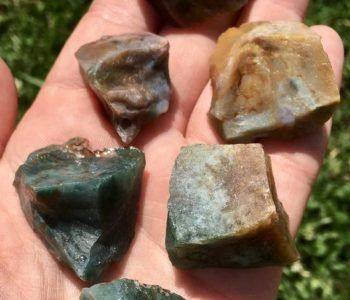
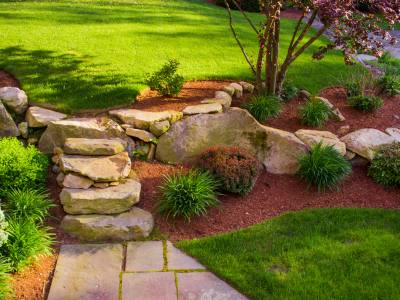

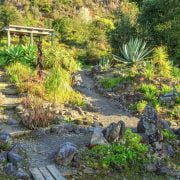
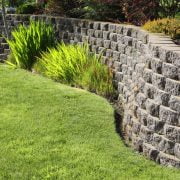

Hi i have recently found a stone which looks fimilar with one sedemery rocks in the pictures.i want to sell my stone i just washed it with water only its has got three colors..can you assit me on cleaning it and sell it .